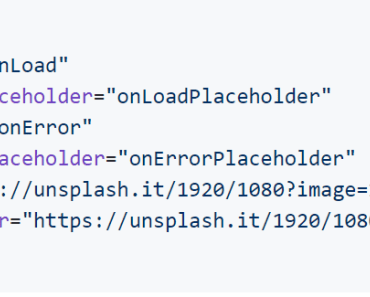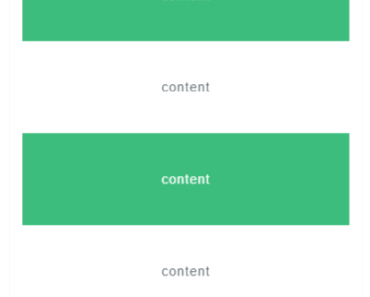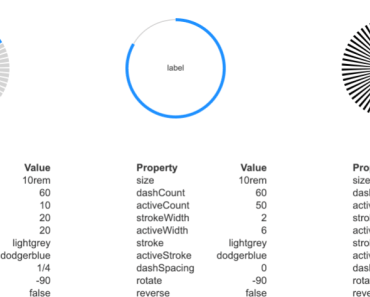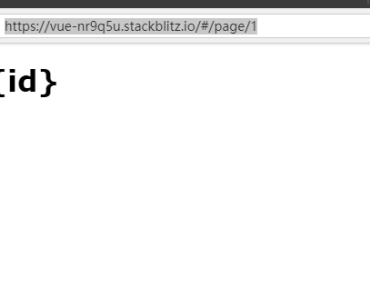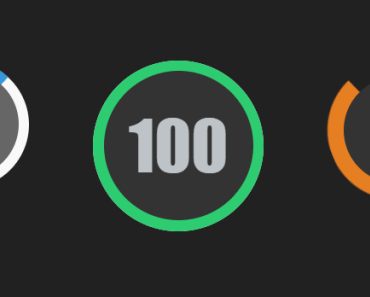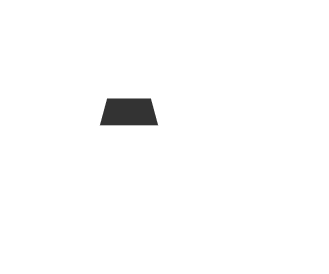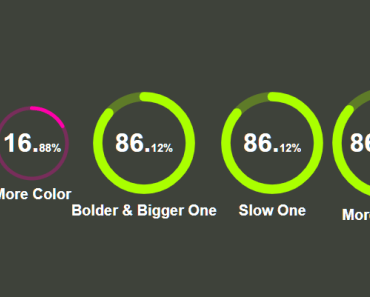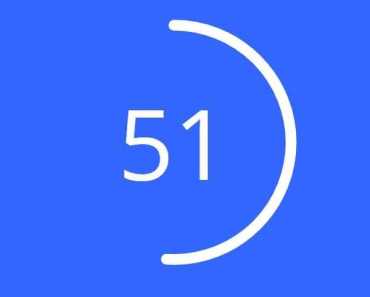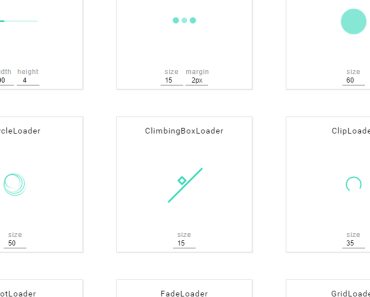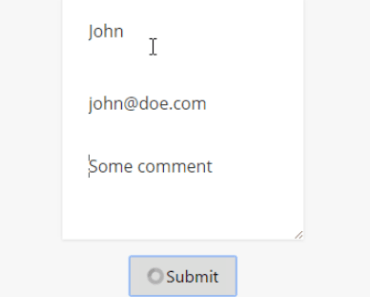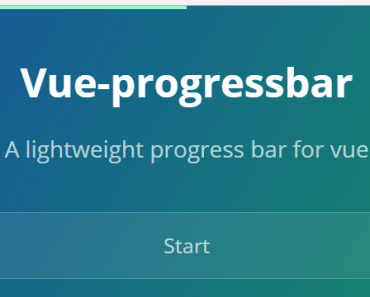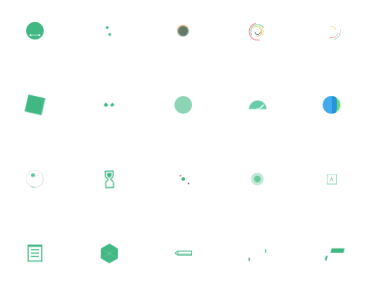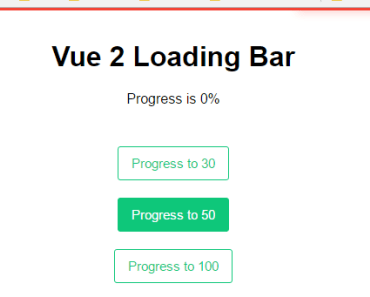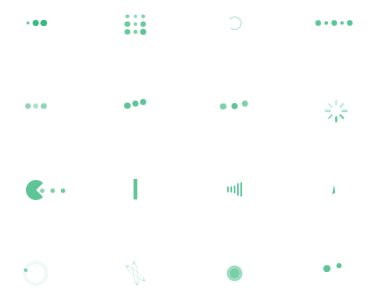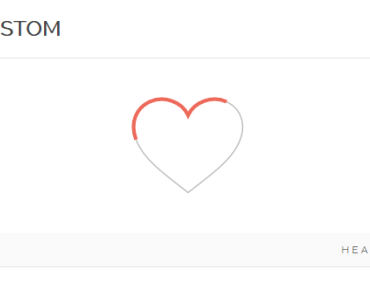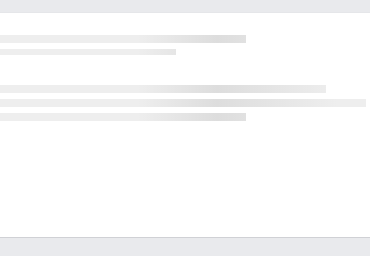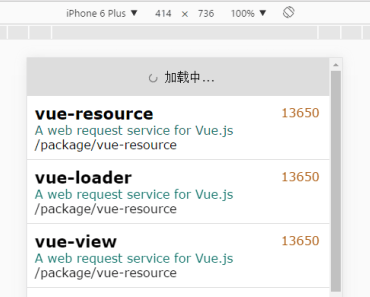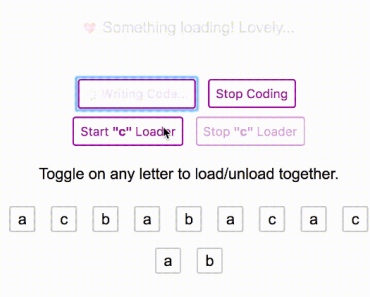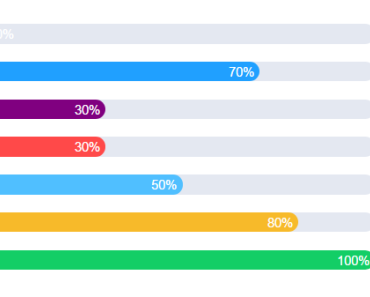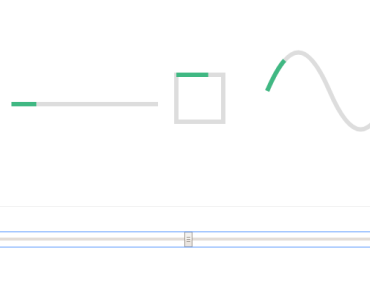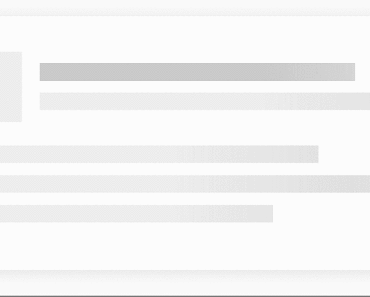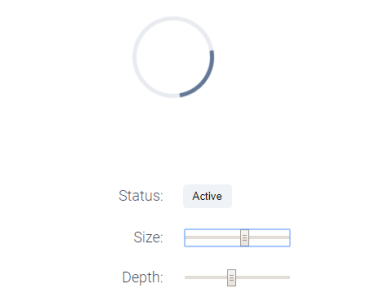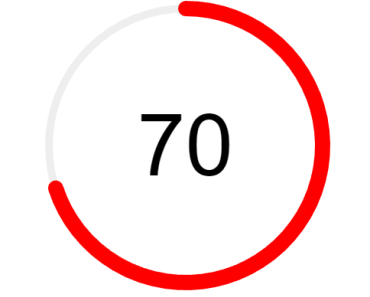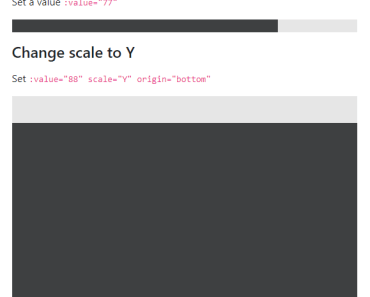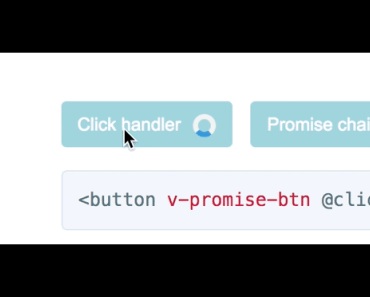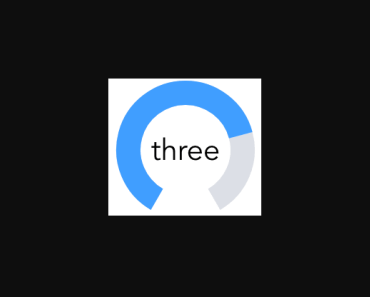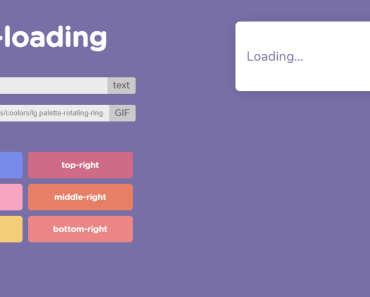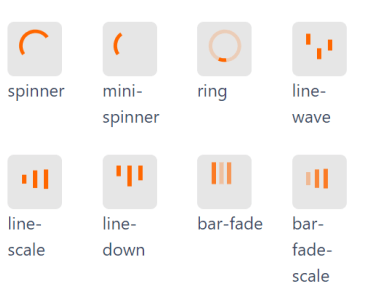Vue-Occupy
A Vue directive for occupying content places before the data has been loaded.
It's good for user experiment improving.
Install
Using yarn or npm to install vue-occupy:
# yarn yarn add vue-occupy # npm npm install vue-occupy Usage
In your main.js file:
import VueOccupy from 'vue-occupy' Vue.use(VueOccupy) Now vue-occupy is a global Vue directive, you can use v-occupy in every .vue file.
Params
| param | type | description | necessary |
|---|---|---|---|
| data | {Object} | the data you bind to the node | Yes |
| config | {Object} | the color lump's css config | No |
For example:
<template> <div id="app" style="width:200px;height:50px;"> <div v-occupy="{ data: content, config }"></div> </div> </template> <script> export default { data () { return { content: '', config: { width: '200px', height: '18px', background: '#ddd' } } }, mounted () { fetch(url).then((result) => { this.content = result }) } } </script> Before the fetch method has requested the result data, the div with v-occupy="{ data: content, config }" would be occupying by a rectangle color lump. Once the data was loaded, the attribute content would be updated and be rendered into the html.
Note: the default configuration of vue-occupy looks like below:
{ width: 100%; height: 100%; background: #eee } And the note with v-occupy will be like this:
<div v-occupy="{ data: content, config }"> <div style="width: 100%; height: 100%; background: #eee;></div> </div> Which means your must set the exactly width and height attribute in the note with v-occupy, or overwrite the default configuration by binding config attribute. What's more, attributes like marginTop or paddingRight are illegal, you should write in 'margin-top': '10px' or 'padding-right': '10px' instead.
Lisence
MIT

